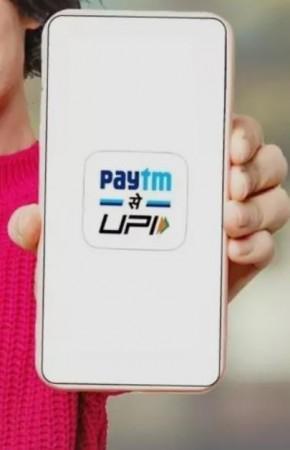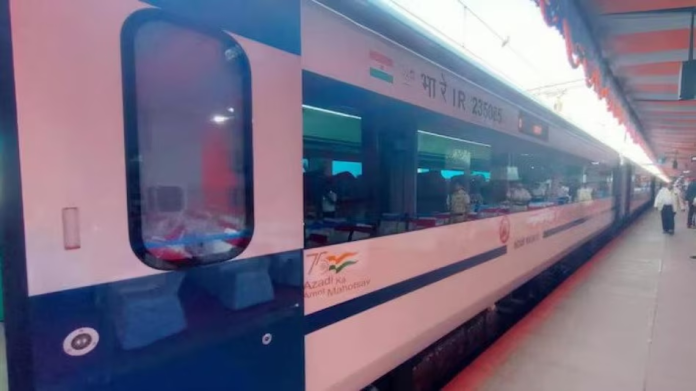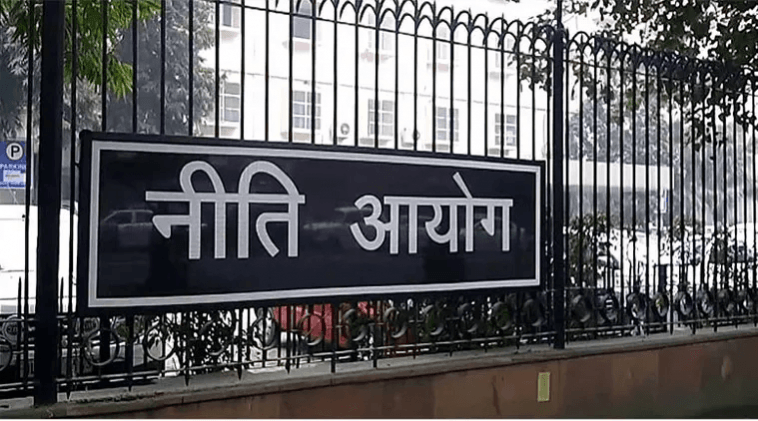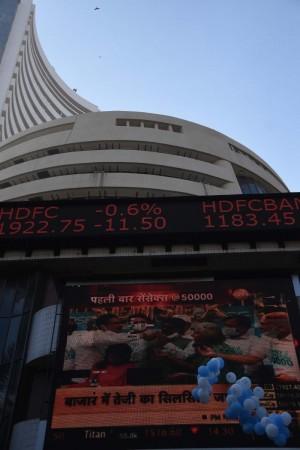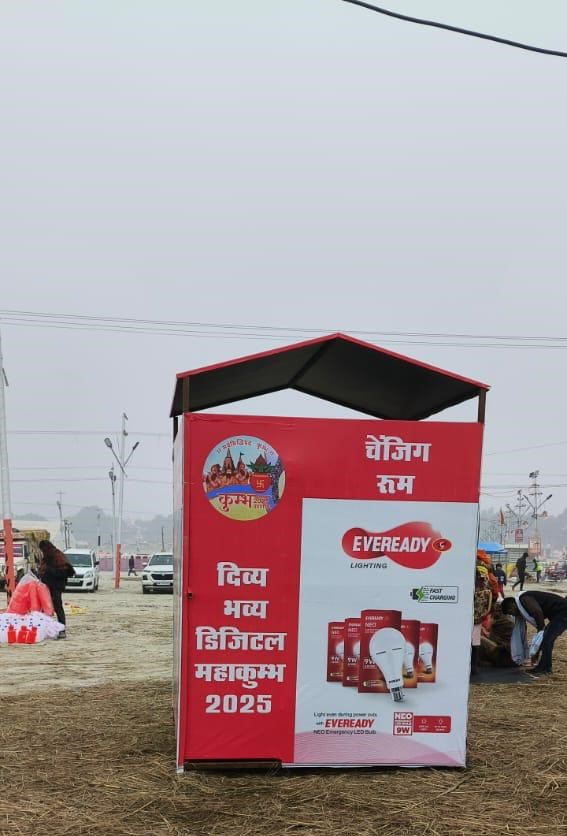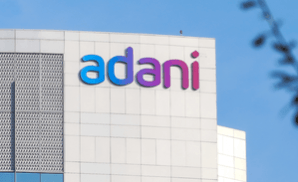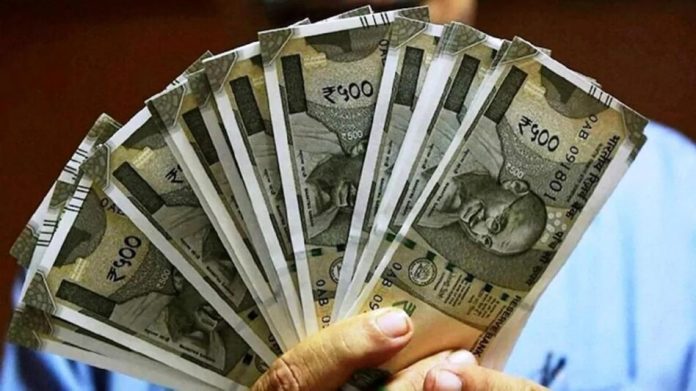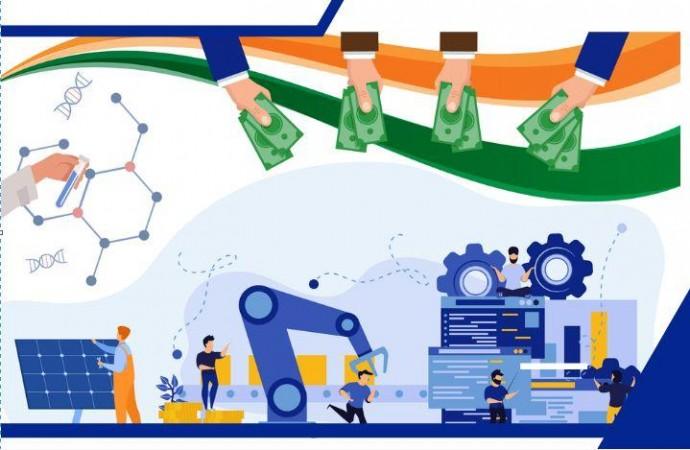
With as many as 24 beneficiary companies committing an investment of Rs 3,516 crore in the third round, the government’s production-linked incentive (PLI) scheme is poised to significantly boost the production of components of ACs and LED lights across India, according to a Commerce and Industry Ministry statement on Monday.
In the third round of the online application window of the PLI scheme, a total of 38 applications were received. After reviewing these applications, the government has provisionally selected 18 new companies. These companies include 10 manufacturers of components of Air Conditioners and 8 manufacturers of LED Lights, with committed investment of Rs 2,299 crore, the statement said.
The companies that have been selected include Voltas Components, Jupiter Aluminium, SMEL Steel, Lumax, Intelux Electronics and Neolite.
In addition, six existing PLI beneficiaries have been provisionally selected to upgrade to higher investment categories, committing an additional investment of Rs 1,217 crore. These include companies such as Hindalco, LG Electronics, Blue Star and Voltas.
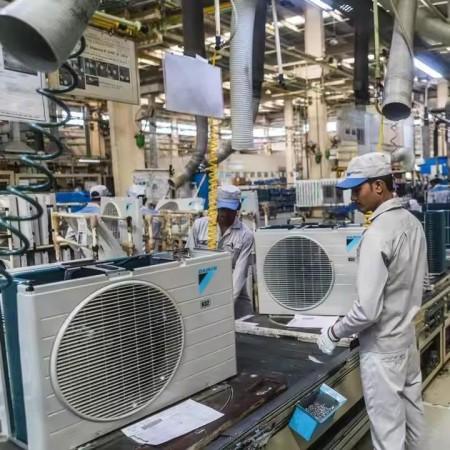
Altogether, 84 companies under the PLI Scheme for White Goods are set to bring investments of Rs 10,478 crore, resulting in production worth Rs 1,72,663 crore, the statement said.
It highlighted that the move is expected to bolster the manufacturing capabilities and economic growth in the sector. For air conditioners, companies will be manufacturing components like, compressors, copper tubes (plain and/or grooved control assemblies for IDU or ODU, Heat Exchangers and BLDC motors among others.
Similarly, LED Lights, LED Chip packaging, LED Drivers, LED Engines, LED Light Management Systems and Metallized films for capacitors etc. will be manufactured in India.
The Union Cabinet had given approval to the PLI Scheme for White Goods (Air Conditioners and LED lights) to be implemented over FY 2021-22 to FY 2028-29 with an outlay of Rs 6,238 crore on April 7, 2021. The scheme was notified by DPIIT on April 16, 2021.
The PLI Scheme on White Goods aims to create a robust component ecosystem for air conditioners and LED lights Industry in India, and make the country an integral part of the global supply chains. The scheme extends an incentive of 6 per cent to 4 per cent on reducing basis on incremental sales for a period of 5 years, subsequent to the base year and one year of gestation period. Domestic Value Addition is expected to grow from the current 15-20 per cent to 75-80 per cent.
(With inputs from IANS)

